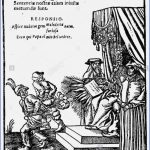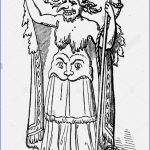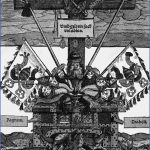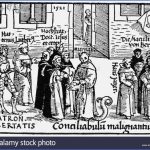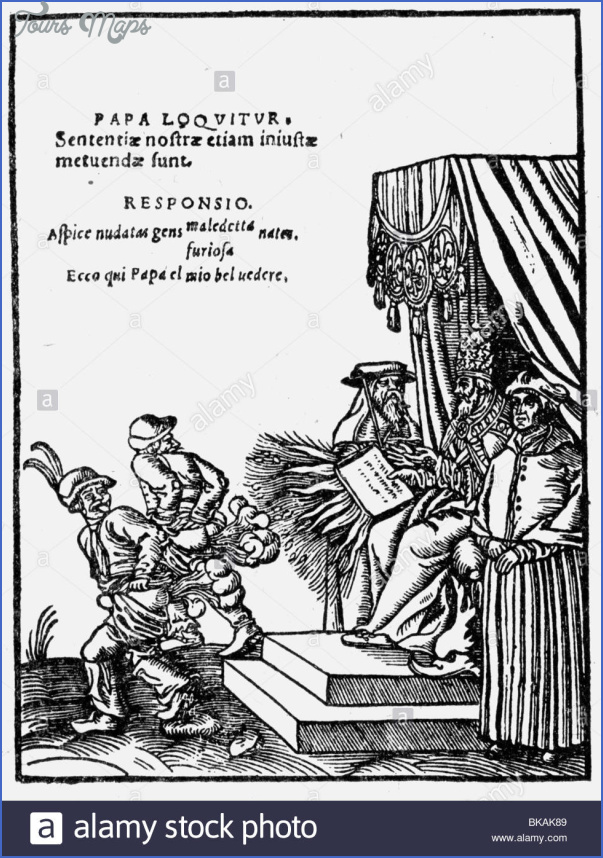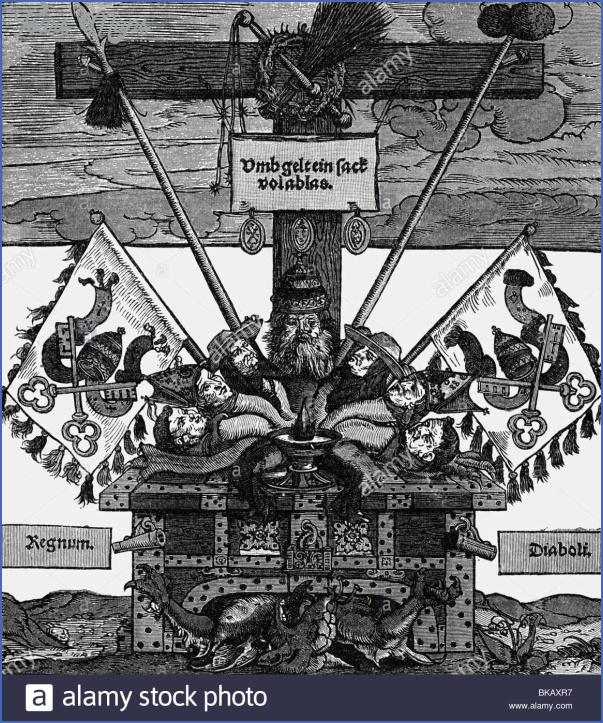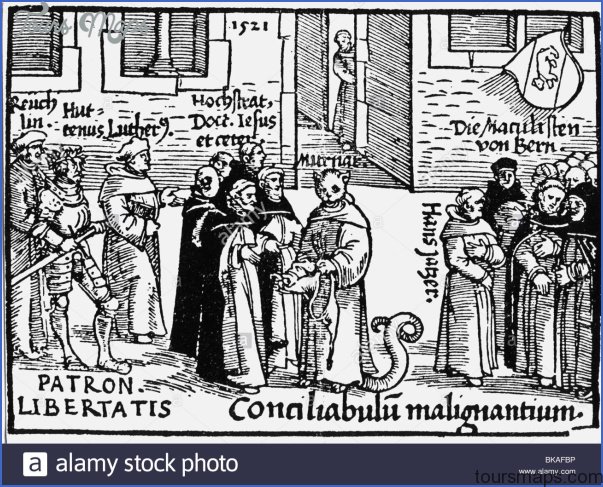PROTESTANT REFORMATION (1517-1555)
In 1517, Martin Luther’s 95 Theses sparked the Protestant Reformation in Germany. The shocking treatise resulted in Luther’s 1521 excommunication, but the Church’s condemnation of his work was not enough to prevent its influence. Before the decade’s end, the Holy Roman Empire was divided by the issue of reformation. Henry VIH’s divorce from Catherine of Aragon in 1534 and subsequent second marriage to Anne Boleyn severed England from the Roman Catholic Church. With the Act of Supremacy in 1534, Henry declared himself not only the head of state, but also head of the new Protestant church as well, instigating the English Reformation. Later in the 16th century, John Calvin led the Genevan Reformation in Switzerland to establish Calvinism, which soon became the dominant Protestant force in Europe.
Yet the movement towards Reformation did not go unchecked. The Council of Trent (1545-1563), the 19th ecumenical council of the Roman Catholic Church, formed the keystone of the Counter-Reformation argument. While the council refuted all criticism from Protestants, it also made sweeping reforms to correct the many abuses within the Church. Most importantly, the council halted the sale of indulgences, which forgave neglected penances or unrepented sins. Despite its earnest attempts to reform, however, the Church had lost its absolute control over Europe’s rulers. In 1555, Charles V of the Holy Roman Empire granted the princes of Germany the right to establish the religion of their own people, whether that was Catholicism or Protestantism. The Peace of Augsburg, as this edict was known, provided a degree of religious freedom never before known in Western Europe, but it came at the cost of future political strife.
PROTESTANT REFORMATION 1517-1555 Photo Gallery
Maybe You Like Them Too
- Explore Les Accates, France with this Detailed Map
- Explore Góra Kalwaria, Poland with this detailed map
- Explore Gumdag, Turkmenistan with this detailed map
- Explore Telfes im Stubai, Austria with this detailed map
- Explore Langenselbold, Germany with this detailed map

